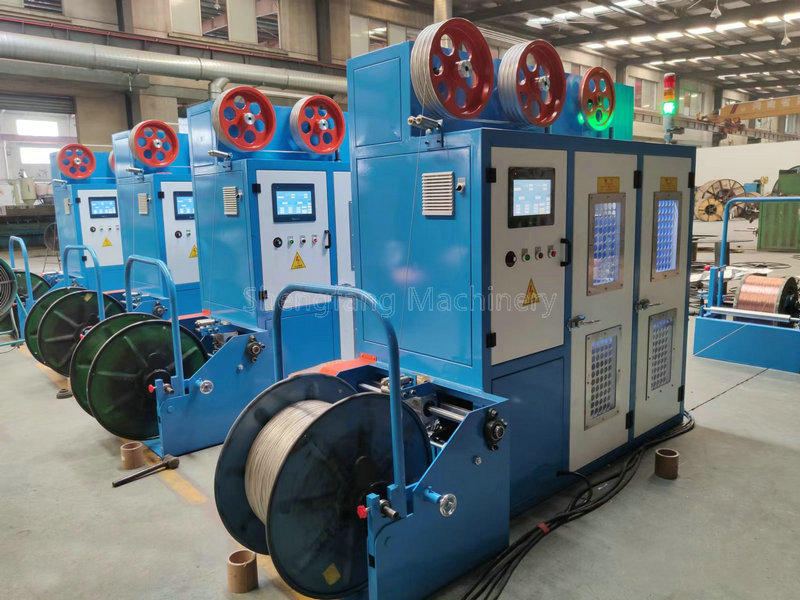
The Hidden Dangers: Identifying Safety Hazards Associated with Tape Winding Machines In the intricate world of manufacturing and packaging, tape winding machines, also known as taping machines or wrapping machines, play a crucial role. These machines are designed to efficiently wrap products in protective materials, ensuring safe transport and storage. However, as with any heavy-duty machinery, they come with their share of safety concerns. Understanding these potential hazards is vital for maintaining a safe working environment. Here, we delve into the primary safety risks associated with tape winding machines. 1. Mechanical Entanglement and Amputations One of the most significant risks when operating tape winding machines is the danger of mechanical entanglement. The rotating parts and moving conveyor belts can easily ensnare loose clothing, hair, or even limbs, leading to severe injuries or amputations. It’s imperative that operators wear appropriate personal protective equipment (PPE) such as gloves that fit snugly and avoid wearing loose clothing or accessories near the machine. 2. Electrical Hazards Tape winding machines rely on complex electrical systems for operation. Faulty wiring, exposed electrical components, or improper grounding can pose serious electrocution risks or start electrical fires. Regular maintenance checks by qualified electricians are essential to ensure all electrical connections are secure and insulated properly. Operators should also be trained to recognize signs of electrical malfunctions and know how to shut down the machine safely in case of an emergency. 3. Noise Pollution and Hearing Loss Prolonged exposure to the high decibel levels generated by these machines can lead to hearing damage over time. To mitigate this risk, it’s recommended that workers use ear protection like earplugs or noise-cancelling headphones while operating the equipment. Additionally, implementing noise barriers around the machinery or scheduling regular breaks away from loud areas can help preserve hearing health. 4. Respiratory Issues Due to Dust and Fumes Depending on the type of tape used, the unwinding and wrapping process can release dust, fumes, or vapors that may be harmful if inhaled. Some tapes contain chemicals such as adhesives or coatings that can irritate the respiratory system or cause long-term health problems. Proper ventilation systems and the use of respirators or masks can significantly reduce exposure to these airborne contaminants. 5. Ergonomic Strain Repetitive tasks involved in loading products onto the machine, adjusting settings, and monitoring the process can lead to musculoskeletal disorders, such as back pain, wrist strain, or carpal tunnel syndrome. Encouraging proper posture, providing ergonomic tools and workstations, and scheduling regular breaks for stretching exercises can alleviate some of these physical strains. 6. Fire Hazard from Flammable Materials Certain tapes and packaging materials are highly flammable, posing a fire risk if they come into contact with sparks, heated surfaces, or open flames. A strict no-smoking policy near the machine area, along with adequate fire suppression equipment like extinguishers and sprinkler systems, is crucial. Regular training on fire safety protocols and emergency evacuation procedures is also essential. In conclusion, the safety of workers operating tape winding machines hinges on a combination of proactive measures, including proper training, adherence to safety guidelines, routine equipment maintenance, and the use of appropriate PPE. By acknowledging and addressing these potential hazards head-on, manufacturers can create a safer work environment while maintaining生產(chǎn)效率 and product quality. Remember, safety should always be the top priority in any industrial setting.